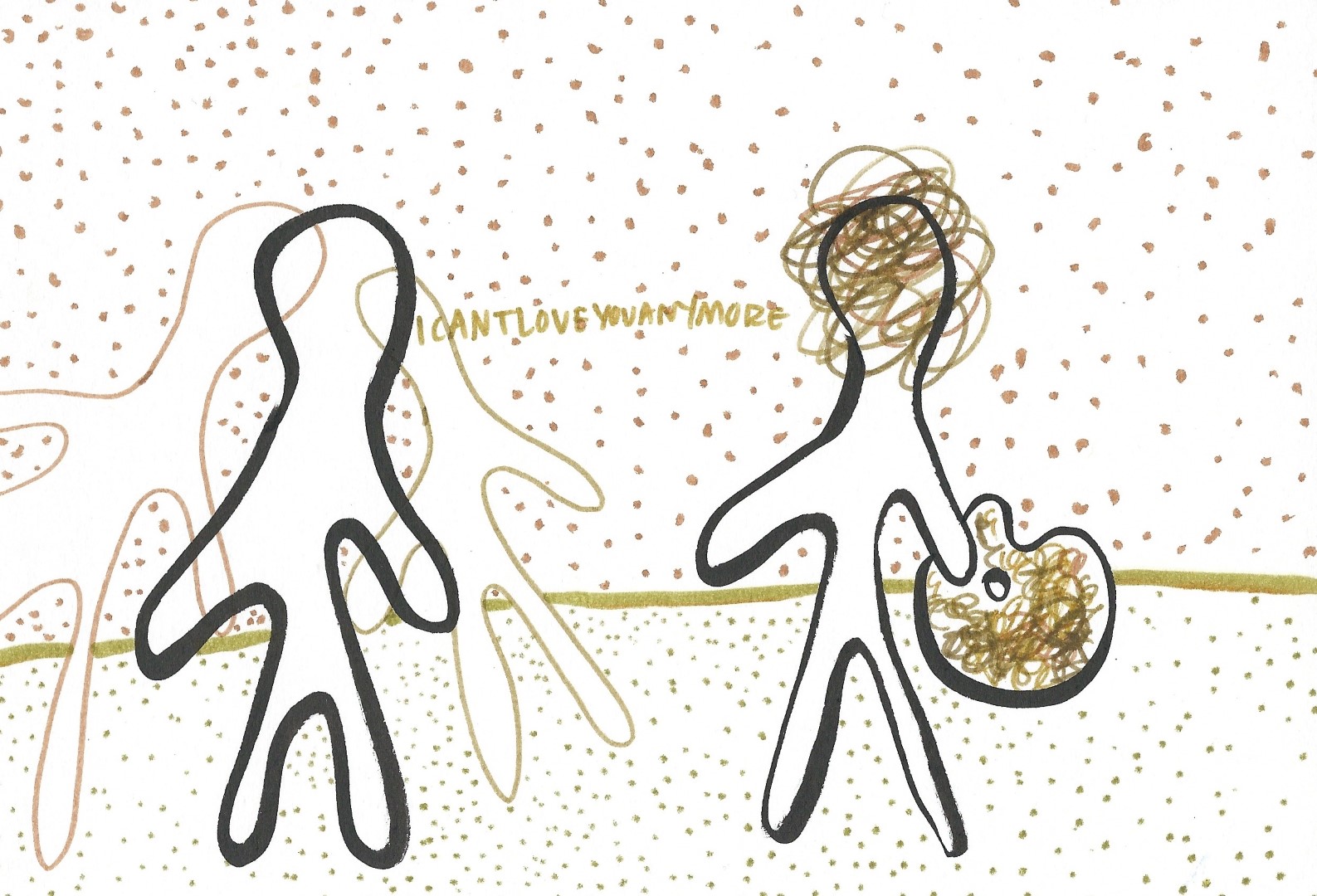
A look at including strengths
By Jamal Al-Bayaa, Staff Writer
At Douglas College, “introvert” has become a big buzzword that’s generating a lot of conversation. It could even be called the beginning of a new awareness culture.
While the conversation is good, it lacks discussion around the strengths of the average introvert, instead choosing to focus on weaknesses. What it also lacks is discussion of most “extroverted” qualities in general, whether they be strengths or weaknesses. This leaves us with an awareness culture that is focused on making it clear that introverts get overwhelmed in social situations and think slower, so they need to have accommodations made for them. It’s unintentional, but not any less ineffective because of it.
Understanding someone’s key traits is always worthwhile, but the conversation should be around all of what makes a person tick, not just a weakness. The weakness approach to introvert inclusion, especially in large social situations such as New Student Orientation, involves accommodating for that weakness.
At New Student Orientation, an “introvert corner” was put in place, to allow for a quiet space during the large event. Although the introvert corner soon became the texting corner, it was not unsuccessful, nor was it a bad idea. People felt that that’s where they were most comfortable, and they had the freedom to go there and not be bugged. More projects like these would provide a definite benefit to future events, so long as they’re part of a strategy to close the gap between introverts and extroverts.
That larger strategy would have to include creating situations in volunteer organizations, classroom settings, employment opportunities, or extracurricular activities in which the introvert could shine.
A full strategy would involve a combination of weakness- and strength-based approaches. This could include creating situations that center around smaller social circles, more idea-driven conversations, and projects that span over longer periods of time. These groups could stay together for periods of weeks and months, rather than days, so as to increase intimacy and reduce the number of introductions.
Two areas this matters most in are student engagement and experiential learning opportunities, both of which are dominated by extroverted types. While they’re both important to the college, there hasn’t been an effort yet made to reach out to both personality types. Introverts prefer not to be approached in large crowds by a promoter, for example. It’s important that the college reaches out and finds ways to equally present opportunities to everyone in the college, not just the majority, as introverts make up approximately 30 per cent of a population.
Introverts, I believe, can be most easily found in the various clubs of Douglas College. What’s great about these is that they’re run and operated by students, which means that there’s not only already a subculture of student engagement with untapped potential, but there’s also an entirely new, quieter group of student leaders for the college to invest in and support.
Maybe the introverted revolution at Douglas will continue by finding ways to enable these clubs. The school could increase funding and form partnerships with club presidents, presenting ideas and opportunities directly.
It could also start with the restructuring of interviews for campus-wide opportunities, so that the “30 seconds to charm” approach that dominates job interviews isn’t the only method by which a student’s merit is judged.
So far, the college has been doing a rather good job of taking initiative. To really make a difference, though, it takes an understanding of where introverts shine, and knowledge of the markets that they’re finding themselves unable to break into. It also takes a willingness to reach out and bridge the gap to form partnerships, since introverts are unlikely to ever list “networking” as their biggest strength on a résumé.


